chapter 23 technical considerations in digital imaging
1/71
There's no tags or description
Looks like no tags are added yet.
Name | Mastery | Learn | Test | Matching | Spaced |
|---|
No study sessions yet.
72 Terms
-small FSS
-short OID
-large SID
-shorter exposure times with high mAs
Image resolution still improved by?
Grids and collimation
In digital imaging, _____ and tighter ____________ is important as ever
Kvp and contrast
____ and ________ no longer directly related like analog radiography digital detectors not necessarily impacted this way
Primary concern
Total exposure to the detector is the ________________
Higher kvp
Slightly ___________ values are now recommended with digital detectors
-reduction in ESE
-lower mAs values
Benefits of higher kvp include
-mAs
-kvp
-SID
-OID
-collimation
-patient
-grids
-filters
Total exposure to the detector is significantly impacted by?
-fixed kvp
-variable kvp
What are the 2 major exposure systems?
By Fuchs in 1943
When was fixed kvp systems developed?
Image density
The kvp in fixed kvp systems are held constant for a given range of subject densities and contrasts while the mAs is varied to achieve the appropriate?
-decrease patient dose
-consistent contrast level
-increases tube life
What are fixed kvp systems advantage?
-provide lower contrast than variable kvp system
-exposure changes in small increments difficult to achieve due to less mA and time stations to choose from
What are fixed kvp systems disadvantages?
Optimal kvp
Fixed kvp systems begin by establishing the?
Maximum
The ____________ kvp level that will produce images with appropriate contrast that are consistently within acceptance limits
Acceptable contrast level
Must have sufficient penetration of subject to produce?
Patient dose
The optimal kvp produces lower contrast and minimum _______________ not the best image
50-60 kvp
Infant extremities =
65-75 kvp
Adult extremities =
75-90
Bucky extremities =
85-95
AP spine =
85-100
Lateral spine =
110-130 kvp
Chest =
80-90 kvp
Skull =
120 kvp
Barium based contrast media =
5 cm of subject thickness
Once the optimal kvp is determined adjust mAs in increments by doubling or halving mAs for every ____________________
By jerman in 1925
When was the variable kvp systems proposed?
2 kVp per cm
The rule that adjusts _________ of subject thickness and does opposite if fixed kVp
subject densities
the mAs is held constant for a given range of?
15% rule
the variable kVp system is fairly consistent to the?
CR and DR
exposure selection is important in both?
digital receptors
fixed kvp systems are better suited for use with?
fixed kvp
most medical facilities used ___________ over variable kvp charts
variable kvp
veterinarian offices are still using the ______________ charts
-phantom test exposures
-produce range of acceptable images
step 1 =
theoretical chart by extrapolation
step 2 =
clinical trail
step 3 =
clinical fine tuning
step 4 =
continuous quality assurance
step 5 =
exposure quality
image noise is affected by?
quality
image noise compromises?
wider latitude
digital image processing contains?
4-5
DR accommodates ________ times OVERexposure and still produce acceptable image quality
decrease
historical wide latitude, radiographers slightly add to their technique selection to ___________ the chance of image noise and avoid repeats
deviation index
aside from proper EI value, we also must have correct DI number or?
EI values
calculation of exposure deviation index if formulated based upon?
DICOM
DI values have ______ header info on images
variance
indication of ___________ from established target EI values
ALARA violations
DI of 3+ considered possible?
graininess
underexposure yields a noisy image with?
photon starvation
inadequate exposure to detector elements
data drop
extreme overexposure yields?
electronic masking
-cropping/shuttering display image masking can impact the accuracy if exposure indicator values
-NOT a substitute for collimation
electronic image annotation
-crucial to accuracy of medical image
-added R/L markers unacceptable and can be questioned legally
anatomy and medical condition
medical images are record of patients?
phantom/ghost images
due to incomplete erasure of plate?
dust
light spots caused by _____ or foreign objects on IP. CR may be cleaned but carefully and according to manufacturer recommendation
quantum mottle
caused by inadequate exposure, insufficient mAs
laser film transport artifacts
caused by uneven transport of film material through a laser imaging system
algorithm artifacts
has to do with manufacturers present values
white line
caused by bad DELs in TFT
white line along the length of travel
on image caused by dust in the light guide blocking light from CR plate
scratches or tears or peeling
caused by damage to CR plates. CR plate replacement is expensive
fogging
from background radiation or scatter due to IP being much more sensitive than film
histogram analysis error
due to improper collimation, improper technique, beam alignment, scatter, and extreme density differences
poor grid alignment
grid lines or poor image quality as the computer may not necessarily display the grid lines
Data drop image
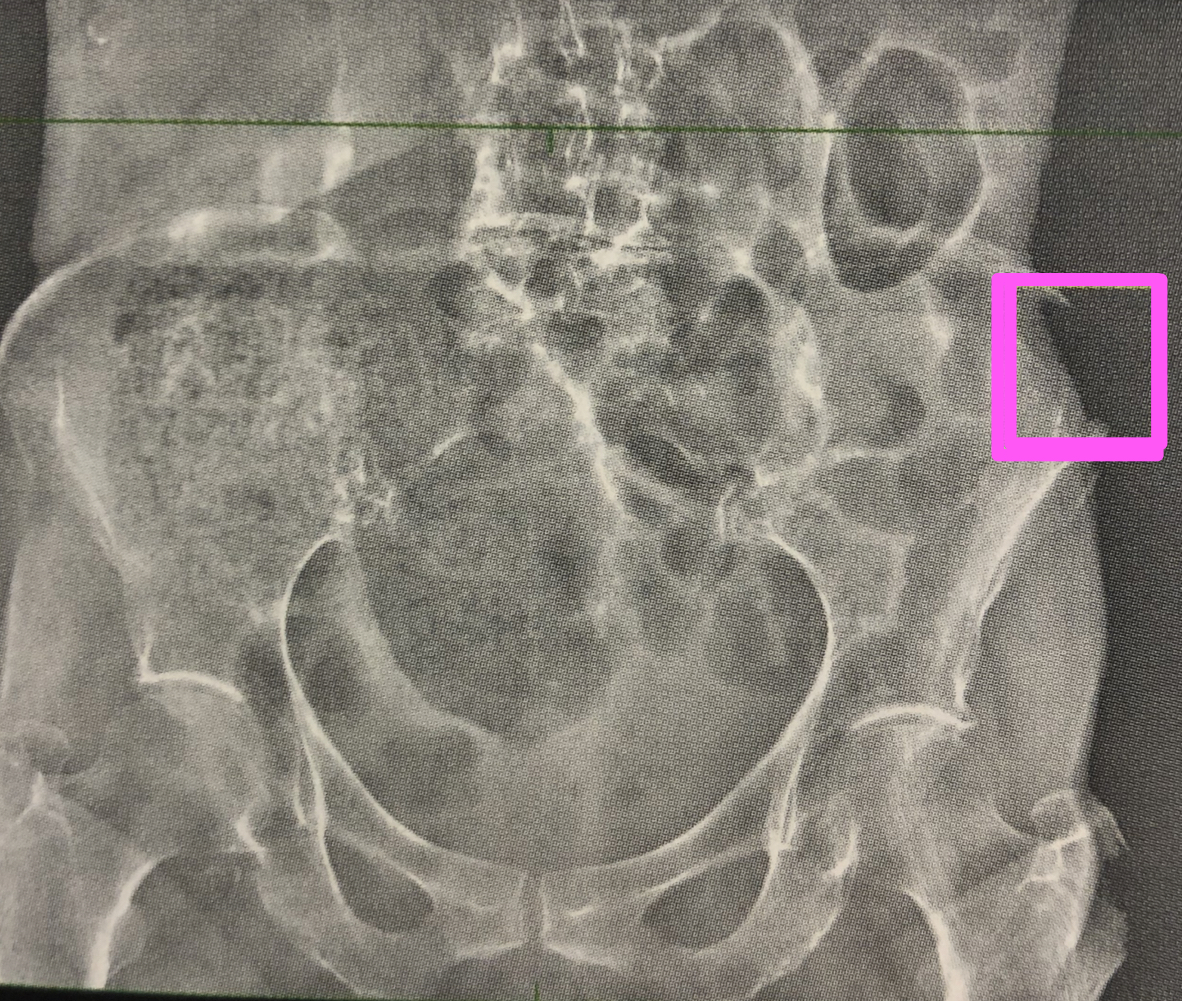
White line image
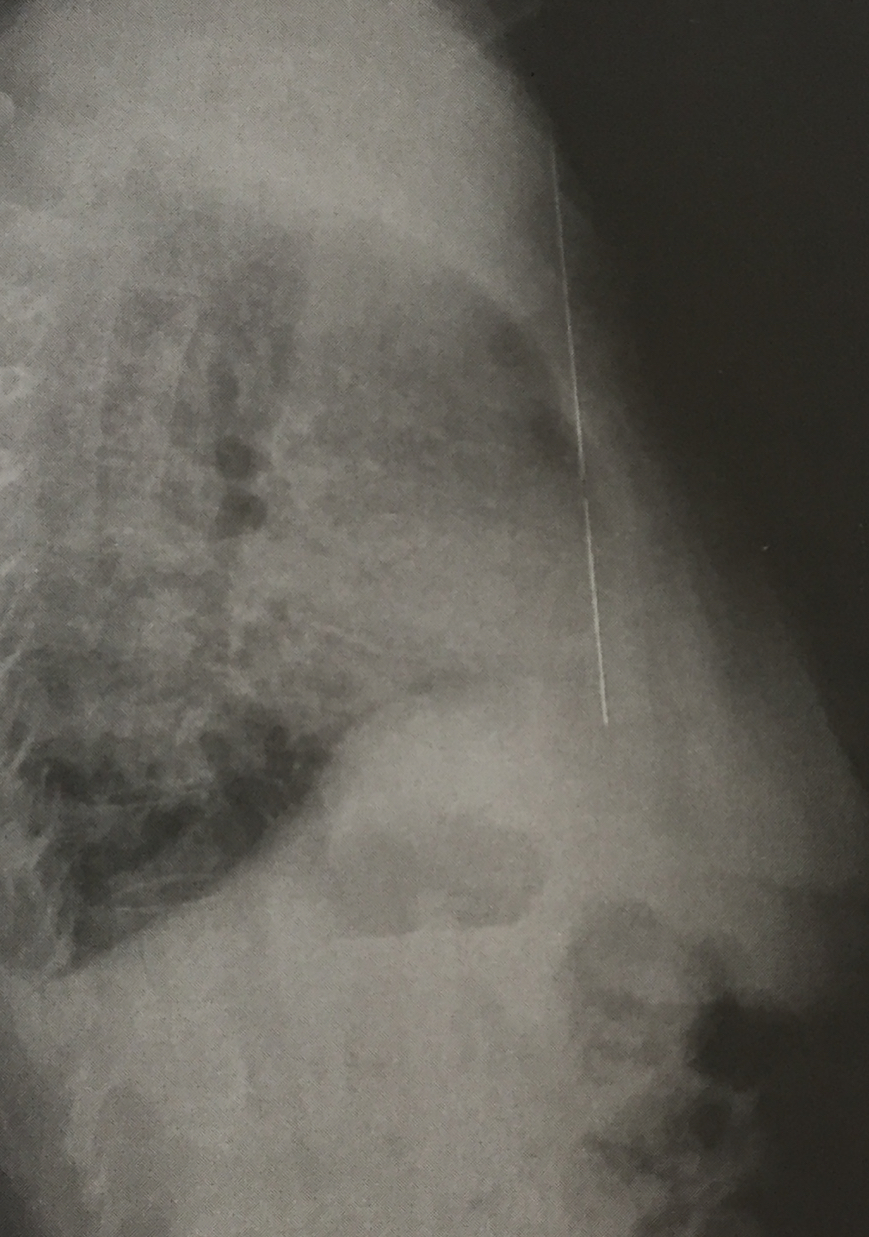
White line along the length of travel image
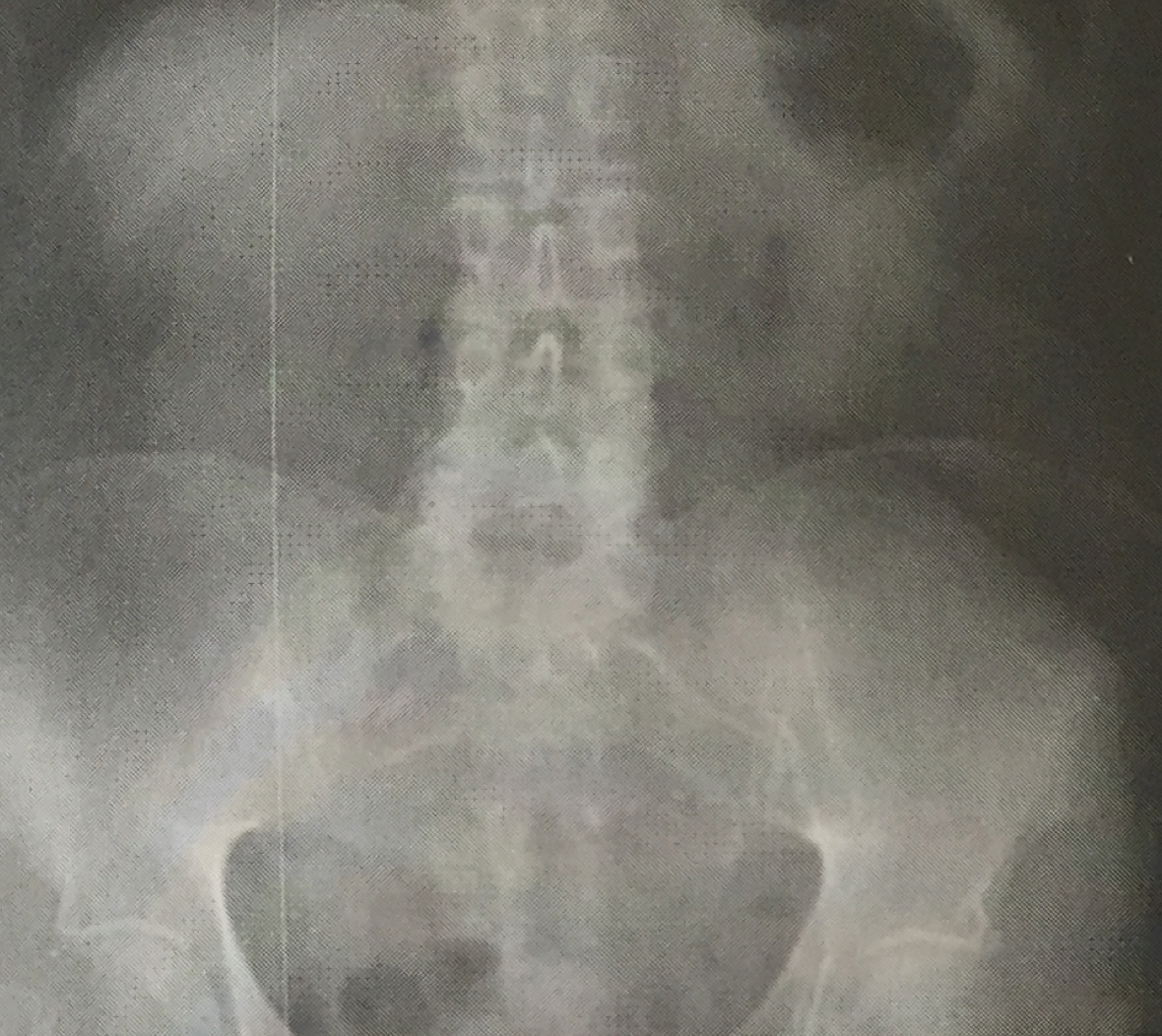
Scratches, tears and peeling image

Fogging image
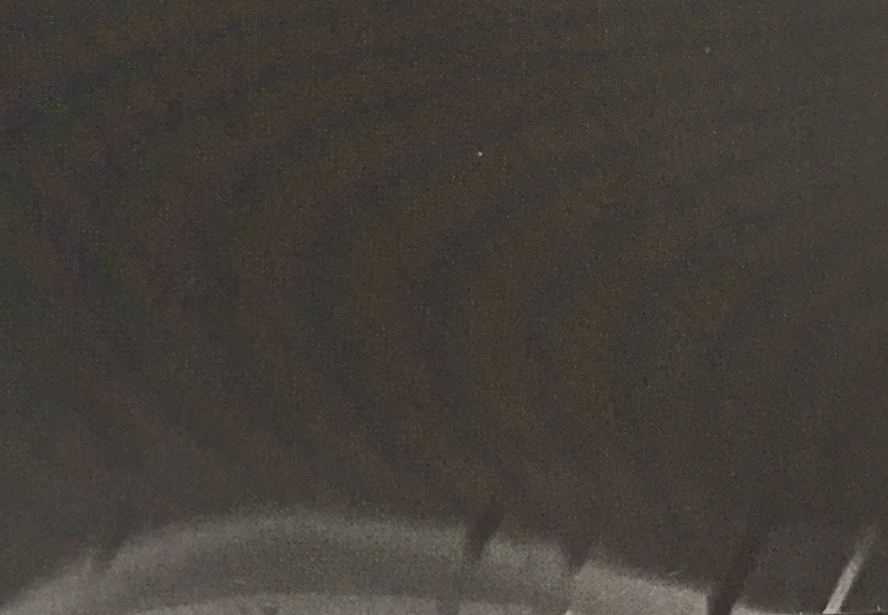
Histogram analysis error image
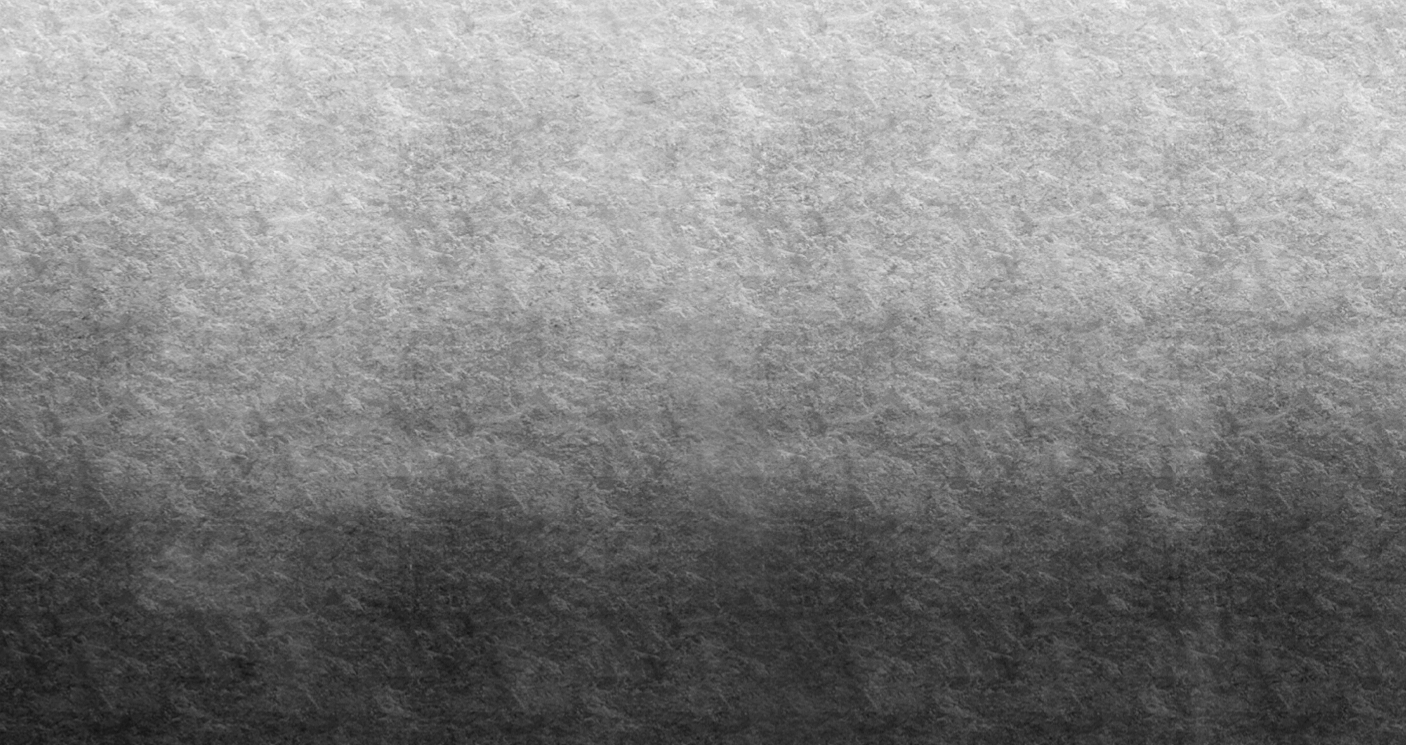
Poor grid alignment image
